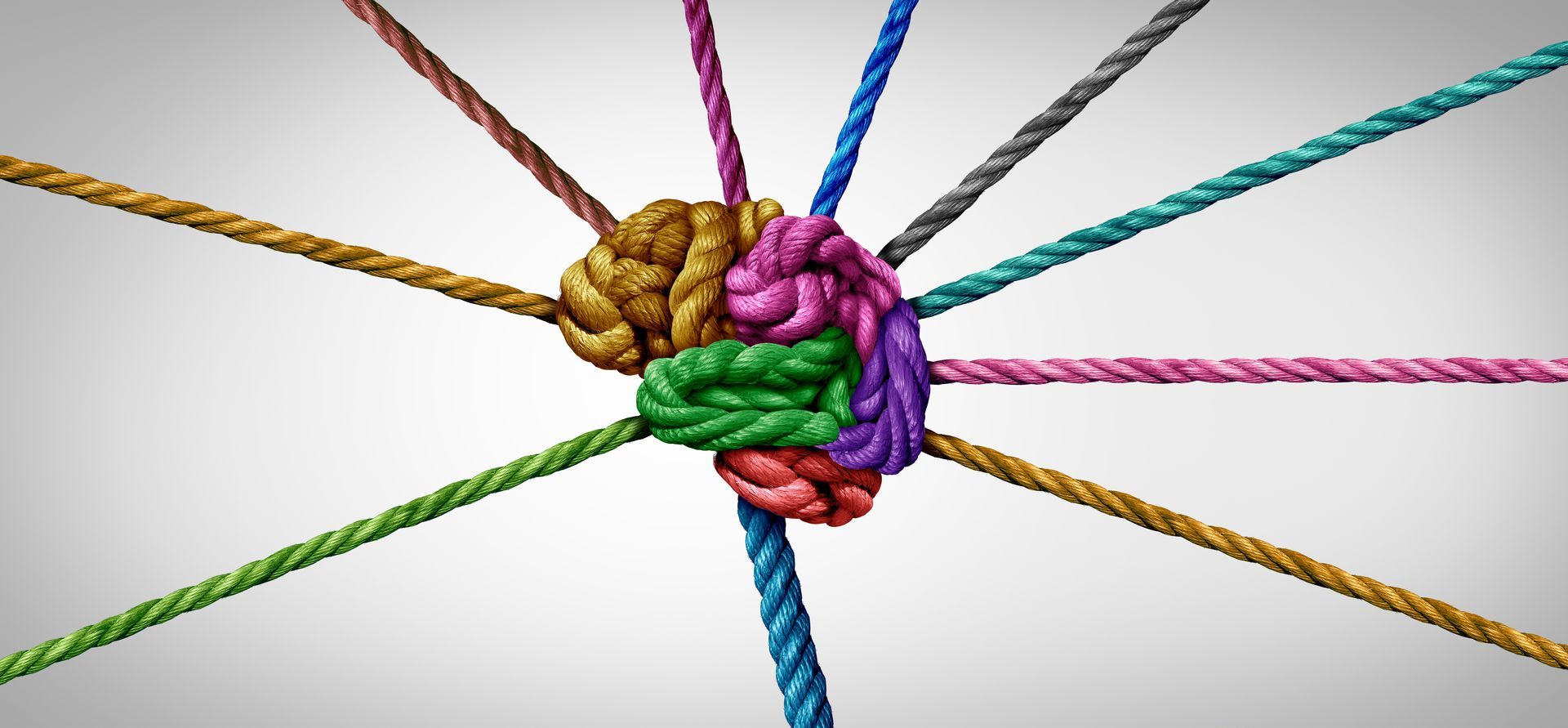Tharon's Thoughts: Transitions and Predictability


By Tharon
Neurodivergent Consultant at helpz
Transitions and predictability
As we approach the end of the year, many of us begin to feel the shift — school terms wrap up, work slows down or ramps up, holidays begin, and new chapters loom. For autistic individuals, this time of year can be particularly challenging. Why? Because it’s full of transitions — and transitions, big or small, can be incredibly difficult to navigate.
A well-known autistic trait is difficulty with transitions, yet few truly understand what that means. A transition isn’t just a major life change like starting high school or a new job. It can be as simple as moving from one activity to another: stopping a task, starting a new one, or even shifting focus. These seemingly minor changes can feel monumental.
Why are transitions so hard?
There are many reasons transitions can be tough:
- Task paralysis: When faced with too many choices or unclear expectations, it can be hard to start or stop a task.
- Sensory overload: Autistic people often process more sensory information than neurotypical people. This constant input can make switching gears exhausting.
- Information overload: Too much information at once can be overstimulating, causing the brain to shut down and making it difficult to absorb or retain new information.
- Emotional overload: Strong emotions — excitement, disappointment, or frustration — connected to the next task can trigger shutdowns or meltdowns.
- Executive functioning differences: Planning, initiating, and completing tasks can require more conscious effort, especially when routines are disrupted.
- Neural processing: Autistic brains process information differently, making it harder to adapt quickly to change.
One analogy that beautifully illustrates this is the car, truck, and train metaphor. Stopping a car is quick and easy. A truck takes more time and effort. A train? It needs even more space and energy to slow down — and if forced to stop suddenly, it can derail. Autistic transitions are like stopping a train. If we’re rushed or interrupted, it can feel painful, overwhelming, and even traumatic.
Routines vs habits
Autistic people often rely on routines, not habits. A habit is automatic, like brushing your teeth without thinking. A routine, however, is a conscious process. Every step requires thought, energy, and effort. This is why transitions are so draining — they interrupt routines and demand new processing.
Unlike neurotypical people, autistic individuals don’t always form automatic habits. That’s why tasks can take more of our metaphorical “spoons” (a term used to describe energy levels in chronic illness and neurodivergence communities). Something as simple as brushing teeth isn’t automatic — it requires thinking through every step.
Predictability = safety
Predictability isn’t about doing the same thing every day out of stubbornness. It’s about knowing what’s coming. It’s about safety, comfort, and reducing the mental load. For example, eating the same food daily isn’t boring — it’s reassuring. It’s a “safe food” that tastes the same, feels familiar, and removes the pressure of decision-making.
When routines change, even slightly, it can feel like a threat. A change from the park to the pool isn’t just a location swap — it’s a whole new set of sensory inputs, social rules, and expectations. That’s a lot to process, and it can trigger the fight–flight–freeze response.
Supporting transitions
So how can we support autistic people through transitions?
- Give advance notice: The more warning we have, the better we can prepare mentally, emotionally, and physically.
- Acknowledge emotions: If plans change unexpectedly, explain the reason for the change — it helps us understand and accept it. Co-regulate and validate our disappointment. Sharing your own feelings (especially if you’re also disappointed) builds trust and connection.
- Use tools that work: Visual schedules, checklists, social stories, and body doubling (having someone nearby while we work) can all help prepare us for transitions and support task completion.
- Make it fun: Turn transitions into games. Use music instead of alarms to signal change. Different songs for different activities can reduce anxiety.
- Countdowns: Give time-based reminders as the change gets closer — “in 10 minutes,” then “in 5,” then each minute if needed. A final 30-second warning and countdown from 10 can help ease the shift.
- Avoid timers for anxious individuals: Timers can increase stress. Instead, use gentle cues like movement or rhythm.
And remember — the support needs we had as children don’t disappear in adulthood. We may learn to manage better, but the underlying needs remain.
The bigger picture
Transitions can be painful. They can feel like a loss, a disruption, or even a threat. But with the right support, they can also be manageable — and even empowering. Predictability takes pressure off the nervous system. It allows us to conserve energy, feel safe, and thrive.
So as the year winds down and transitions ramp up, let’s be mindful. Let’s offer support, structure, and compassion. And let’s remember — for autistic people, predictability isn’t rigidity. It’s relief.
P.S. I’ve been working hard on a new course about autism, and I’m super excited that it’s nearly ready! If you’d like to express your interest in joining, click here (link below). More details coming soon!
Expressions of Interest: Understanding Autism from Tharon’s perspective – click the button to fill in form







